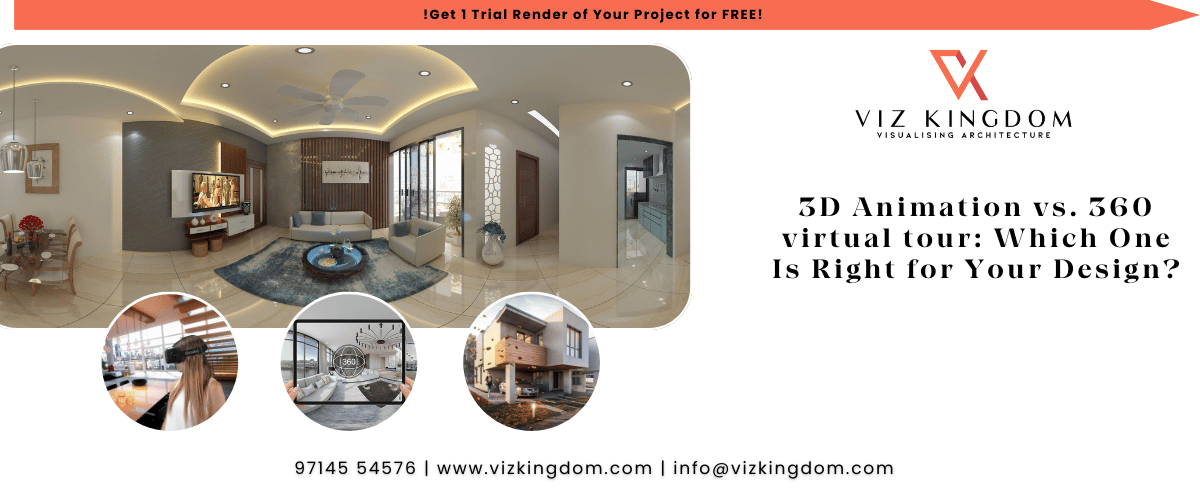
How Virtual Reality Is Changing the Architecture Industry
Using virtual reality has given architects new working methods. When combined with real-time visualisation software, it provides your design workflow with a powerful tool that has limitless possibilities. It can aid in design development, meet needs, and win over customers. When used for various projects, virtual reality (VR) technology and other cutting-edge presenting approaches allow clients to collaborate in real-time, contribute, and see how that concept could look. This entails rearranging furnishings, modifying roof plans, speculating materials, and shifting walls. At every stage, homeowners are able to work together and share their ideas. In addition to having a complete experience with the design before any work starts. The way virtual reality is making its space in the Architectural industry, very soon it will be used everywhere and by everybody in the business. Virtual reality in architectural walkthrough is at boom now and there are various reasons for using virtual reality into your design process.
The benefits of virtual reality in architecture
1. Memorable client experience
Being in an immersive 3D world is one of the biggest advantages. You may provide your clients an unforgettable design experience by using virtual reality. They will be able to navigate the planned skyscraper in a realistic virtual environment. They will feel more invested in the project and have a better idea of how the building will seem when it is finished.
Your client can see the project from their perspective by adjusting their height in the VR headset when you use hardware that supports real-time visualisation. It might be an unforgettable design experience just to be able to move their heads towards the areas they want to investigate and view the building design from different perspectives.
2. Gives a better idea of space
Virtual reality (VR) provides a 360-degree picture of the project in architecture presentations. Since it’s doubtful that your clients are as technically knowledgeable as you are, virtual reality (VR) provides them with information that might be more difficult for them to understand in other formats, like 2D graphics.
It is easier to debate specifics, provide opinions, and make better design decisions more quickly when one can actually feel the size of the area. Gaining greater insight will also help you control expectations and steer clear of unpleasant shocks while work is underway. By doing this, costly rework and delays may be avoided.
3. Easy to use
With real-time visualisation software, you can use VR without being an expert in the field. With only a few clicks, your model will appear on your VR headset so you can see your building before it’s constructed. Design reviews with your team and other participants in the project are made simple by incorporating virtual reality (VR) into your design and visualisation process. By viewing the building model in a virtual environment, mistakes can be quickly and easily identified and fixed before construction starts, saving money and time and increasing the probability that the project will remain on schedule.
4. Keeps you ahead of your peers
Hiring a good 360 virtual tour company in India enables you to differentiate yourself from the competition by providing a service that others cannot. You can bring your imagination to life with virtual reality. You have a competitive advantage since clients may experience your proposed project in a 3D setting rather than a 2D drawing.





